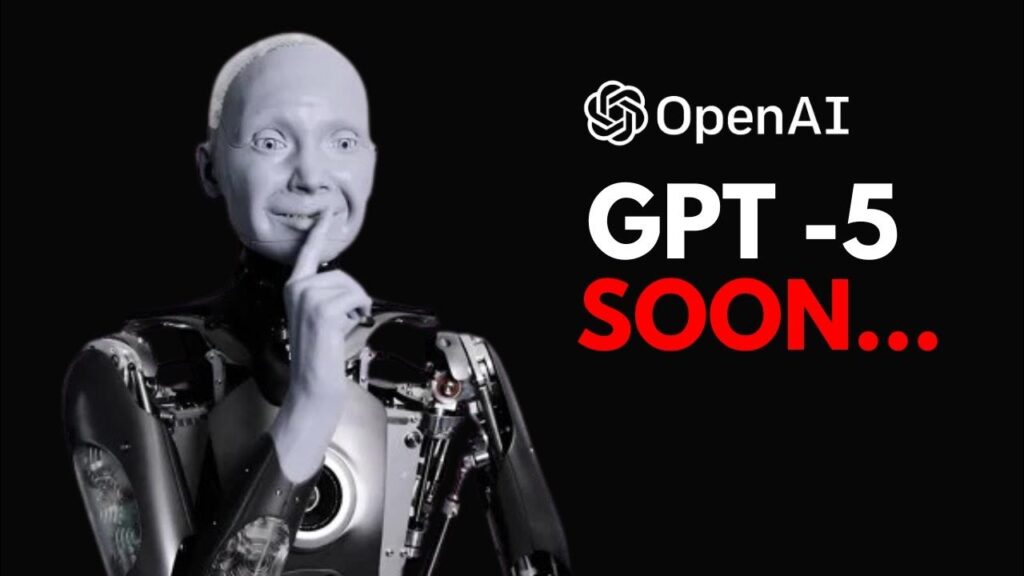Testing Claude 3.5 Sonet involved a series of assessments, including writing Python scripts for numerical outputs and creating games like Snake with advanced features. The model exhibited remarkable speed and accuracy, outshining even the renowned GPT 40 in responsiveness and efficiency. Additionally, Claude 3.5 Sonet showcased its prowess in logic and reasoning problems, tackling brain teasers and challenging puzzles with precision.
One of the notable features explored was the use of artifacts, a new experimental feature that allows for enhanced interactions and visual representations within the AI framework. This feature proved to be a valuable asset in tasks such as converting Excel documents to CSV format and providing clear and concise outputs.
Furthermore, Claude 3.5 Sonet demonstrated its vision capabilities by accurately differentiating between the work cultures of startups and large corporations. Its ability to comprehend and contrast various scenarios reflects a sophisticated level of understanding in context-based evaluations.
In conclusion, Claude 3.5 Sonet emerges as a trailblazer in the realm of AI, setting a new standard for intelligence and adaptability. With its exceptional performance in a wide array of tasks and challenges, this model signifies a significant advancement in the field of artificial intelligence. As we await the release of larger models like Opus 3.5, the potential for combining Claude 3.5 Sonet with innovative techniques holds promise for further advancements in AI technology.
If you’re intrigued by the limitless possibilities of AI and the groundbreaking capabilities of Claude 3.5 Sonet, remember to like and subscribe for more insightful content on the forefront of artificial intelligence. Stay tuned for the next chapter in AI evolution.












